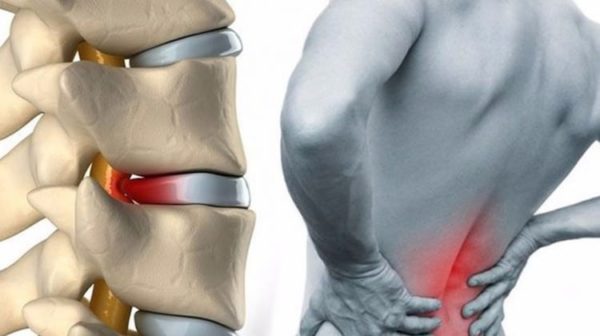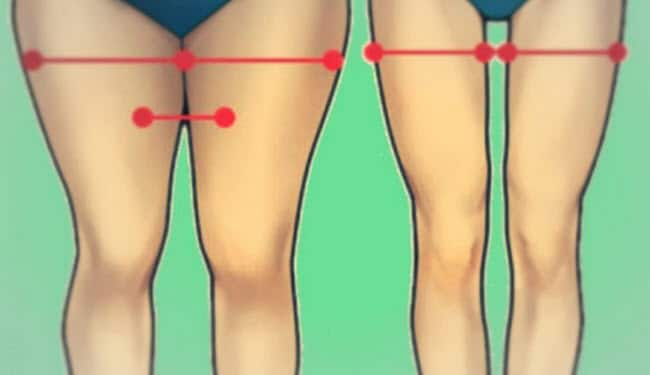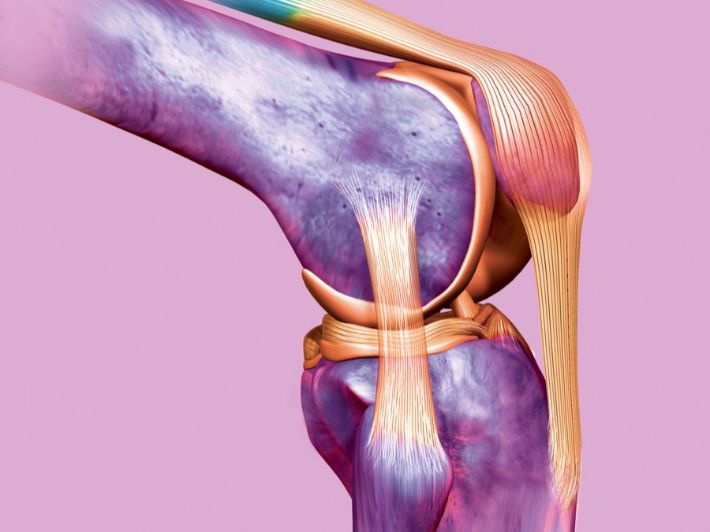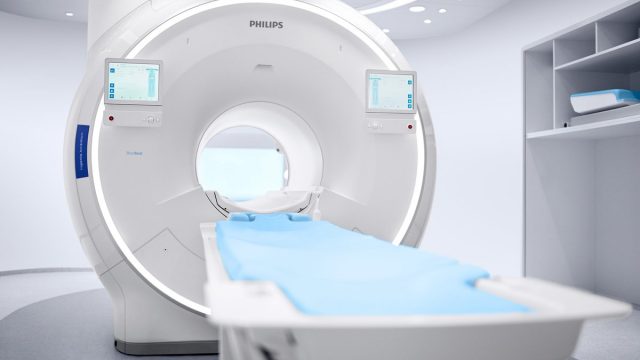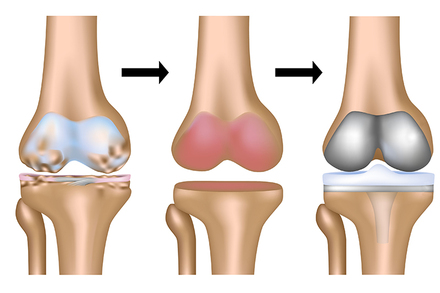Information About the Best Doctor for Hip Replacement Surgery and the Cost of the Procedure
The Best Doctor for Hip Replacement Surgery. Hip replacement surgery is an important, delicate procedure that requires a highly experienced physician to perform. Through this article, we will recommend one of the best orthopedic doctors in Egypt, in addition to detailing all aspects related to hip replacement surgery and its outcomes. So, follow us to stay updated with all that is new.
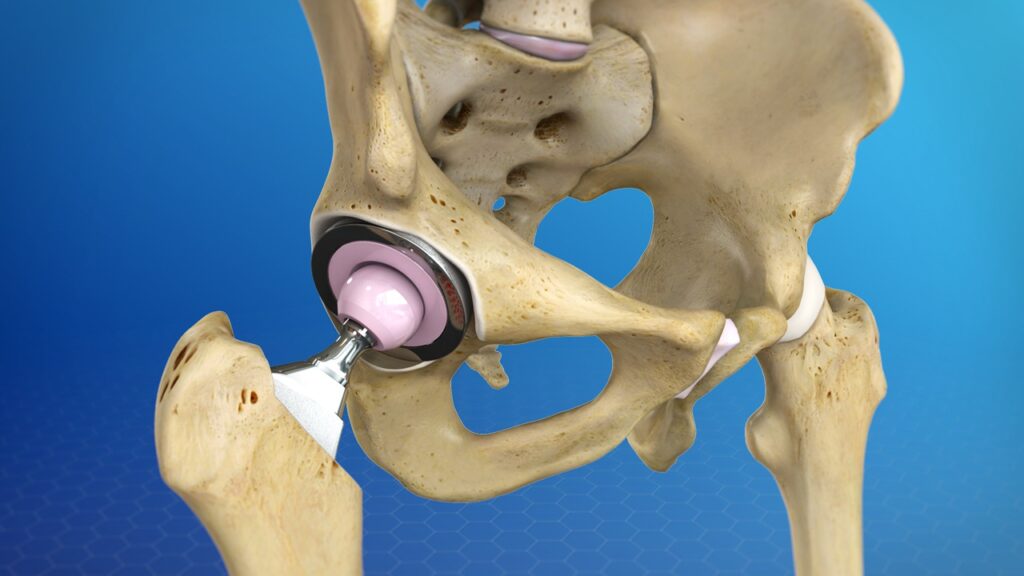
Best Doctor for Hip Replacement Surgery
In this article, we introduce one of the best orthopedic doctors in Egypt, Dr. Amr Amal, a consultant in orthopedic and joint surgery at Ain Shams University, who is also a faculty member at the same university. Dr. Amr is distinguished by his sophisticated manner in dealing with his patients, striving tirelessly to provide the best for them and following a treatment plan tailored to their needs.
Dr. Amr is known for his patience and willingness to listen to patient complaints, his dedication to providing appropriate medical care for each case, and his use of the latest methods and technologies that contribute to the success of his surgeries. He keeps up-to-date with the latest in the field, leveraging his extensive experience in performing successful hip replacement surgeries.
Reasons for Hip Joint Replacement
An orthopedic doctor may opt for hip joint replacement if the patient suffers from one of the following issues:
Osteoarthritis: This condition occurs in the joint due to the wearing out of the cartilage that coats the hip joint at the point where it meets the thigh bone, or the acetabulum. This results in bone friction against each other, causing significant pain during movement. Age plays a significant role in the occurrence of osteoarthritis, as it is common among people over fifty years old, along with their medical history.
Rheumatoid Arthritis: Rheumatism negatively affects the synovial membrane in the hip joint, causing inflammation. Over time, this affects the cartilage, leading to its wear and tear and necessitating joint replacement to alleviate the accompanying pain.
Osteonecrosis or Avascular Necrosis: This is a disorder resulting from reduced blood flow to the femoral head, leading to tissue death in the joint and necessitating its replacement. Direct injury to the hip joint, such as a fracture, which leads to cartilage damage, joint stiffness, and unbearable pain for the patient. The development of a tumor in the hip joint. Patient suffering from issues that prevent the natural development of the hip joint since childhood, leading to joint inflammation later in life and necessitating surgical replacement.
Preparations and Examinations Before Hip Replacement Surgery
Patients undergo a series of tests before hip replacement surgery, including:
Review of the patient’s medical history. Clinical examination. X-ray imaging of the hip joint, along with other tests as determined by the doctor. Blood and urine tests, and an electrocardiogram (EKG) check.
In addition to some preparations that precede the hip replacement surgery, the doctor recommends adhering to certain instructions before the procedure for the best results and to avoid possible complications, including the following:
- Weight loss for obese individuals to reduce the load and pressure on the artificial joint after it is installed.
- The patient should not undergo any dental surgery for at least two weeks before the procedure.
- The patient must refrain from smoking for at least a month before undergoing hip replacement surgery.
- Avoid taking certain specific types of medications such as blood thinners at least a week or more before the surgery.

Hip Joint Replacement Surgery
“Prepare to live life to the fullest with advanced hip joint replacement surgery tailored to meet the needs of your feet at Dr. Amr Amal’s clinic.”
An orthopedic doctor resorts to hip replacement surgery when the patient does not respond to other treatment methods and medications and other options fail to alleviate the patient’s pain due to damage or malfunction in the joint, in order to help the patient overcome their problem and the obstacles they face during movement or walking.
Hip joint replacement surgery requires a skilled and experienced doctor in this field, where the damaged joint is replaced with an artificial one made of cobalt, chromium, and titanium, whether by traditional methods or using an arthroscope. The following steps are involved:
- The patient is anesthetized with general anesthesia, or regional anesthesia along with sedatives if they cannot undergo general anesthesia.
- The doctor then makes an incision in the skin, whether behind the pelvic bone (which is common), from the front, or the side.
- The damaged cartilage and parts of the bone forming the hip joint are removed, starting with the removal of the spherical part of the joint, known as the femoral head.
- The doctor fixes a metal stem in the femur cavity and then installs a ceramic or metal spherical head on that stem to mimic the part removed from the femur.
- The damaged cartilage on the surface of the acetabulum of the pelvic bone is removed and replaced with another metal piece, which is fixed in place of the removed acetabulum. In most cases, this metal piece is coated with plastic or other materials to facilitate the partial sliding of the new artificial hip joint during movement.
- Finally, the doctor ensures that the new joint is stable in its place, closes the wound with specialized stitches, and covers it with a bandage.
What Happens After Hip Replacement Surgery?
After undergoing hip replacement surgery, the patient experiences some pain during the initial days following the procedure, but this is managed with painkillers and anti-inflammatory drugs orally or intravenously. Most doctors recommend applying cold compresses to the joint area to reduce pain and swelling.
The patient gradually begins to use the new joint by practicing walking during their hospital stay, where a physical therapy specialist assists them in learning how to use the artificial joint effectively while walking, climbing stairs, or even bathing. The patient should use crutches or a walker to reduce the weight on the new joint until it heals completely and its stability in its position is confirmed.
How Long Does Hip Replacement Surgery Take?
Hip replacement surgery typically takes about one to two hours, during which the doctor performs the steps mentioned above. The duration varies depending on the patient’s condition and any additional procedures the doctor may also perform.
Tips After Hip Replacement Surgery
There are several tips that patients should follow after undergoing hip replacement surgery to speed up recovery and healing and to avoid potential complications, including:
- Adherence to the instructions of the physical therapy specialist during the rehabilitation period to regain the ability to use the joint more freely and in a shorter time.
- Compliance with taking medications according to the dosage and timing prescribed by the doctor.
- Ensuring the surgical incision remains dry, clean, and sterile.
- It’s important for the patient to inform their dentist that they have undergone hip replacement surgery, so the dentist can take necessary measures, such as prescribing appropriate antibiotics.
- Using crutches, a walker, or other aids for walking during the first few weeks after the hip replacement surgery, avoiding putting full body weight on the joint during the recovery period.
- Maintaining a healthy and balanced diet rich in essential nutrients like iron or dietary supplements that help in tissue healing and muscle strengthening.
- Avoiding daily activities until the patient fully recovers and heals to prevent the new joint from moving out of place or causing other complications.
- Keeping the legs elevated as much as possible during the recovery period to reduce swelling severity.
- Avoiding weight gain to maximize the longevity of the joint.

Post-Hip Replacement Surgery Exercises
One of the essential things that patients should focus on after undergoing hip replacement surgery is committing to certain exercises. These exercises help increase blood circulation in the legs and feet to prevent the risk of clots, in addition to strengthening muscles, improving hip movement, and reducing swelling. They play a significant role in speeding up the healing and recovery process through the following:
Lying Down Exercises: These involve a series of exercises, some of which include:
- Gluteal Squeeze Exercise: The patient can perform this exercise by tightening the gluteal muscles by squeezing them together without holding their breath. Maintain this contracted position for 5 seconds, then relax. Repeat this exercise 10 times in a set and perform two sets a day.
- Bed-Supported Knee Bending Exercise: This is done by moving the foot towards the buttocks, bending the knee while keeping the heel on the bed.
Ankle Pump Exercise: This exercise is based on lying on the back and pushing the foot’s ankle upwards and downwards by pulling the foot upwards towards the patient and then pushing downwards. The patient can repeat this exercise 10 times in a set, performing a set every hour while awake, and continue this process until returning to their normal activity level.
Ankle Rotation Exercise: This exercise is performed by lying on the back and then moving the ankle inward towards the other foot, then moving it outward away from the other foot. Repeat this exercise 5 times in each direction, 3 or 4 times a day.
Standing Exercises: After a period from undergoing the surgery, the patient will be able to get out of bed and stand but will need assistance from those around them until they regain their strength and can stand independently. During these exercises, the patient should hold onto a stable surface such as a wall, which includes the following:
- Heel Raise Exercise: The patient does this by maintaining an equal distribution of body weight on both legs and gently standing on their toes by lifting the heels off the ground. Keep the gluteal muscles tight and knees straight throughout this period, slowly lower the heels to the ground, and repeat the exercise 10 times.
- Standing Abduction Exercise: This exercise relies on ensuring that the knee, foot, and hip are in a straight line. The person moves the leg to the side, lifting it off the ground, then slowly lowers the foot and returns it to the ground. Repeat the exercise 10 times in a session, performing 3 to 4 sessions a day.
Is Hip Replacement Surgery Dangerous?
It is commonly known that hip replacement surgery is safe and does not usually result in any harm. However, like any surgical procedure, it may be accompanied by some risks or complications, which we will understand in more detail as follows:
- The possibility of nerve damage in the area of the artificial hip joint, resulting in significant pain and causing weakness and numbness in the leg.
- In some cases, there may occur what is known as leg length discrepancy, where there is a difference in the lengths of the legs due to muscle contraction around the hip. However, after the patient practices stretching and lengthening exercises, this difference should not be noticeable.
- There can be dislocation of the joint ball from its socket, which can occur during the first few months following the surgery.
- Formation of blood clots in the veins of the pelvic and leg area after the operation. There is a possibility that a piece of the blood clot could travel to the heart or lungs, so doctors often advise taking blood-thinning medications for a week after the operation.
- The patient may develop an infection at the site of the surgical wound, the surrounding tissues, and the deep tissues near the hip joint.
- In some cases, there may be minor fractures in the pelvic and hip bones during surgery, which can heal and mend on their own. In cases where the fracture is significant, the situation may require screws and wires for treatment.

What is the Cost of Hip Replacement Surgery in Egypt?
The cost of hip replacement surgery in Egypt ranges between 200,000 to 300,000 Egyptian pounds. This price varies due to the influence of several factors, which include:
- The experience, skill, and qualifications of the doctor performing the surgery.
- The examinations and preparations required by the doctor before performing the hip replacement surgery.
- The health condition of the patient.
- The cost also varies depending on the care received by the patient and the follow-up after the surgery.
- The duration of the patient’s hospital stay.
- The level of the hospital where the patient is staying, its attention to cleanliness, sterilization, and adherence to quality standards.
- The medical tools and equipment used by the doctor in the surgical procedure.
What is the Success Rate of Hip Replacement Surgery?
“Get ready to experience significant improvement in your health with the outstanding treatment services offered by Dr. Amr Amal in hip replacement surgeries.”
You will find that hip replacement surgery is known for its high success rate, reaching up to 97%. The success depends on the severity of the patient’s condition and the presence of any chronic diseases, such as diabetes.
When Can One Start Walking After Hip Replacement Surgery?
Patients can start receiving physical therapy sessions one or two days after the surgery to prevent joint stiffness. They can begin walking within the first week of undergoing the surgical procedure, relying on a walker or crutches to avoid putting excessive pressure on the joint, gradually progressing until complete recovery.
Recovery Duration After Hip Replacement Surgery
Most cases that undergo hip replacement surgery require 6 to 12 weeks for full recovery and to gradually return to their normal life. The doctor prescribes a suitable course of medication for the patient’s condition to avoid potential complications. However, complications such as blood clotting or inflammation of the artificial joint may still occur, albeit infrequently.
How to Sleep After Hip Replacement Surgery
One of the major challenges faced by patients who have undergone hip replacement surgery is difficulty sleeping. Therefore, patients should follow these instructions to help solve this problem, which are as follows:
The patient should sleep on their back, using a pillow under the knee. The patient should not raise the bed more than a 45-degree angle to achieve the best sleeping position after the surgery. Avoid lifting the bed sheets or covers while the patient is lying on the bed to prevent tripping or making a wrong movement that can put pressure on the joint and affect it. Always direct the leg towards the ceiling, not inwards or outwards. The patient should not sleep on the operated side for 6 weeks after the surgery and should sleep on the other, unaffected side, placing a pillow between the knees.
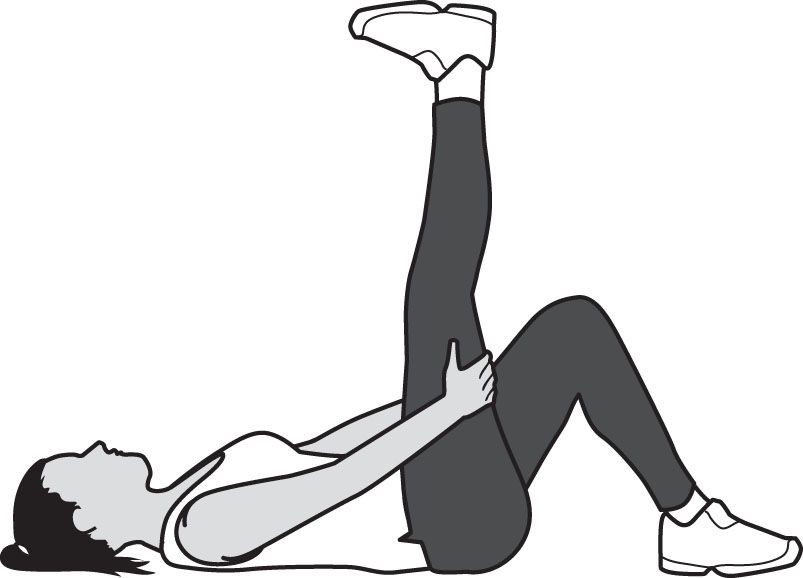
How Long Does the Artificial Hip Joint Last?
Many studies and research prove that about 85 to 90% of artificial joints used in hip replacement can last between 15 to 20 years and function fully if well cared for. Therefore, most doctors advise patients who have undergone hip replacement surgery to follow the instructions and advice given by the orthopedic surgeon and physical therapist to maintain the artificial joint for as long as possible.

How to Maintain the Artificial Hip Joint?
There are several instructions and steps that patients need to follow to maintain their artificial hip joint for as long as possible, which include:
- The patient should be careful not to cross their legs or ankles while standing, sitting, or sleeping.
- The patient should not bend the hip or lean far from the waist or lift the feet away from the waist.
- The patient should use a pillow between the legs and another at the ankles while sleeping.
- It is important to climb stairs using the unaffected leg first, then using crutches, and the opposite when descending, using the operated leg first, then the crutches.
- It is essential for the patient to avoid sleeping on the operated side for 4 to 6 weeks after the surgery.
- Try to dress while sitting on a chair or the edge of the bed, if possible. Be attentive to change the sitting position every 30 to 40 minutes.
- Ensure to keep the feet apart by about 15 cm.
The patient should ensure to sit on a stable seat, keep their back straight, and avoid sitting on soft foundations.
“Receive exceptional personal care in hip replacement surgery at Dr. Amr Amal’s clinic. You will benefit from a comprehensive assessment and individualized treatment to ensure the best results and full restoration of your health.


